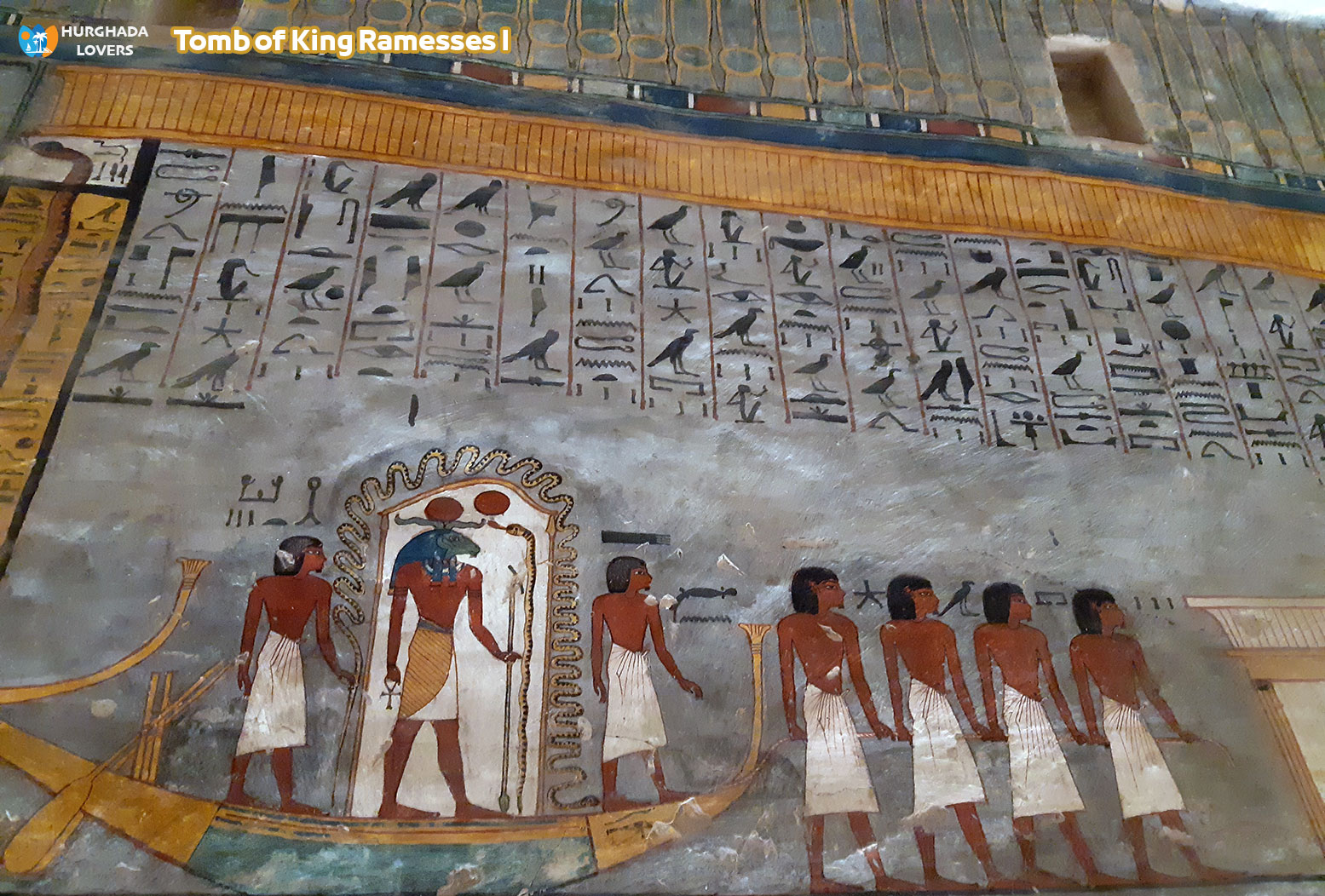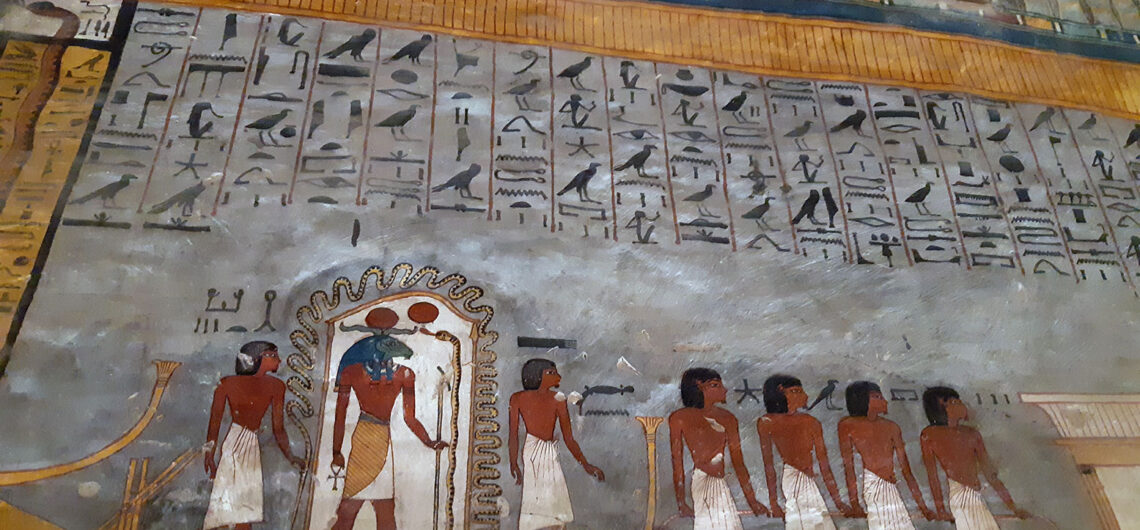Tomb of King Ramesses I “Ramses I” in the Valley of the Kings, Luxor, Egypt | Facts KV16 & History Building Pharaonic Tombs in the Nineteenth Dynasty and more about Cemetery Design and Decoration, Entry Ticket Prices.
Facts and history of building pharaonic tombs in the ancient civilization of Egypt, the nineteenth dynasty and more. Cemetery design, visiting dates, entry ticket prices…
It dates back to the founder of the Egyptian Nineteenth Dynasty, and Ramses I was a military man who ruled Egypt for only two years before his death. His tomb is known as Tomb No. 16, and its global name is KV16. Learn more about the tomb of King Ramses I below.
Hurghada lovers Offer Luxury Hurghada to Luxor Tours | El Gouna to Luxor Tours | Makadi bay to Luxor Tours | Sahl Hasheesh to Luxor Tours | Soma bay to Luxor Tours.
Tomb of King Ramesses I
• The tomb of Ramses I was discovered by Giovanni Belzoni in 1817 AD.
• The length of the tomb is 29 meters, and it is rather small compared to other tombs in the Valley of the Kings.
• The cemetery comes from two ramps that connect the entrance with a diagonal passage that leads to the burial chamber.
• The tomb of Ramses I came with a design similar to the tomb of Horemheb, especially for the entrance to the tomb.
• A granite sarcophagus, decorated with a number of drawings, was found.
• Drawings of the sarcophagus depict Ramses I with a group of deities.
• Among the scenes that were found inside the tomb is a scene from the Book of Gates, a funerary book that explains part of the deceased’s journey to the other world.
• The view comes from a mosque of King Ramses I, who is in a position of kneeling before the gods.
• When studying the cemetery, it was noticed that the construction process was somewhat urgent.
• Among the obvious manifestations of haste in the tomb is the drawing of Ramses I with the gods Osiris and Ptah, in addition to Anubis.
Description of the tomb of Ramses I
• The tomb of Ramses I consists of a square-shaped burial chamber, inside which there is a sarcophagus made of granite.
• The contents of the tomb are currently in the British Museum.
• The mummy of Ramses I was also stolen by the Abdel-Rasoul family, who sold it abroad by Dr. James Douglas in 1860 AD.
• The mummy was placed when it was stolen to the Niagara Museum in Canada, but the identity of the mummy’s owner was not identified for a long time.
• After that, the contents of the museum were offered for sale to a Canadian businessman named Willian Jameson in 1999.
• The businessman sold the mummy to a museum in America, and the mummy remained in the museum for 4 years.
At that time, a number of studies were conducted on the mummy, and the identity of its owner was identified.
• At the beginning of 2003 AD, the mummy was returned to Egypt again.
• Inside the tomb, a manuscript was found bearing the name of the Book of Doors. This manuscript conveyed to us the beliefs of the ancient Egyptians about the idea of resurrection and immortality.
• The cemetery remained closed for 12 years for restoration work and the removal of any dust that distorted the accuracy of the drawings.


